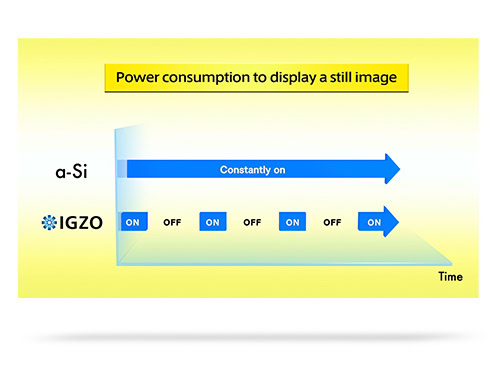Affiliate links on Android Authority may earn us a commission. Learn more.
What is an LTPO display and how does it help conserve battery?
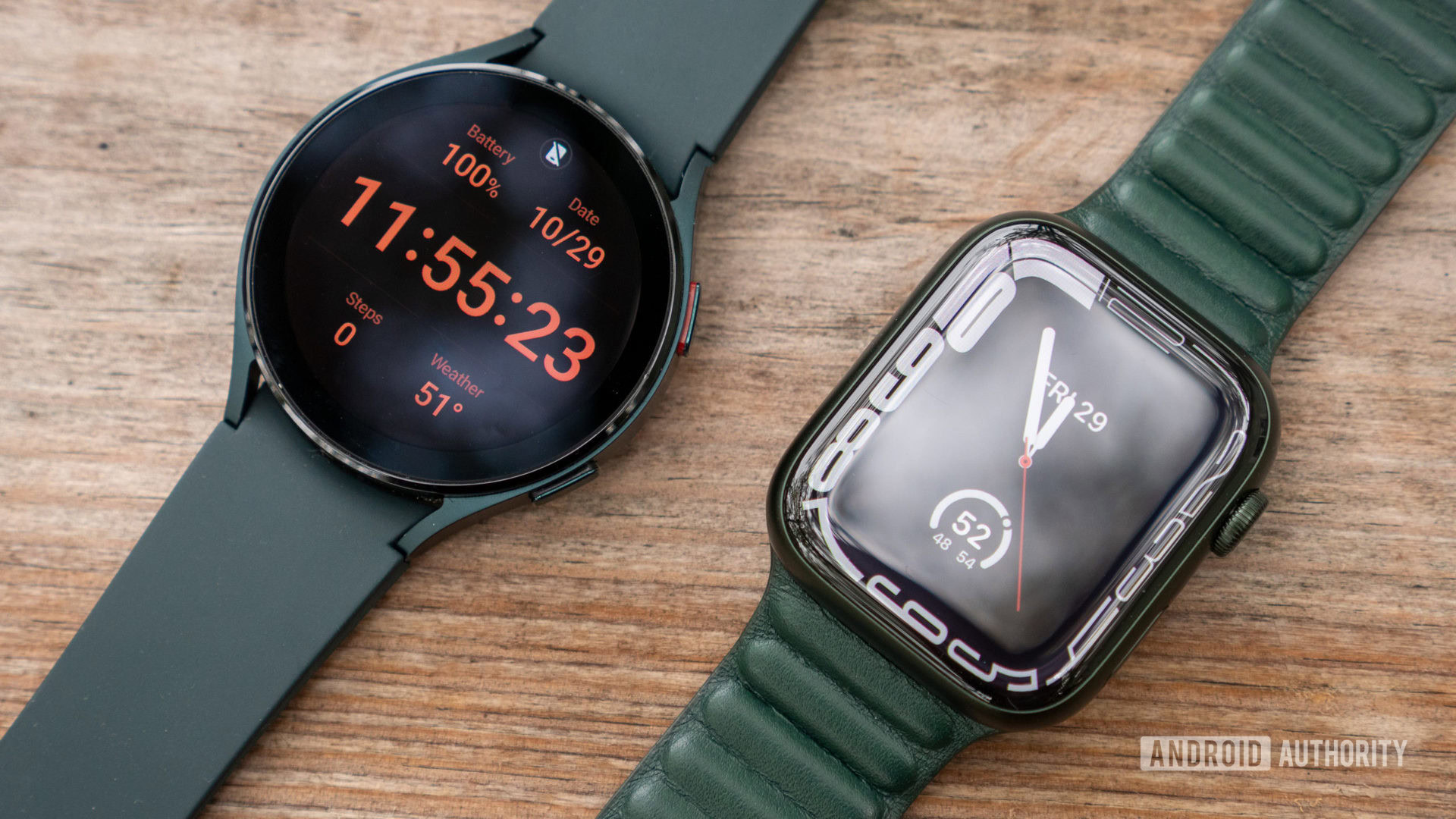
High refresh rate displays have become increasingly common over the past few years, even on budget smartphones. While a higher refresh rate does make using your smartphone feel snappier and smoother, it comes with some major drawbacks — namely increased power draw and battery drain. Luckily, the display industry has found a way to mitigate those problems with a new technology dubbed LTPO, or low-temperature polycrystalline oxide.
LTPO displays are much more energy-efficient than previous technologies, making them ideal for portable devices like smartphones. We’ve already seen a handful of flagship devices from the likes of Samsung and OnePlus feature LTPO displays, and it probably won’t be long before many mid-range and lower-end devices make the switch over to it as well.
Also read: Display types and technologies explained: LCD, OLED, miniLED, microLED, and more
So in this article, let’s explore how LTPO displays work, what they do differently, and why you might want the technology to be present in your next smartphone.
What is an LTPO display?
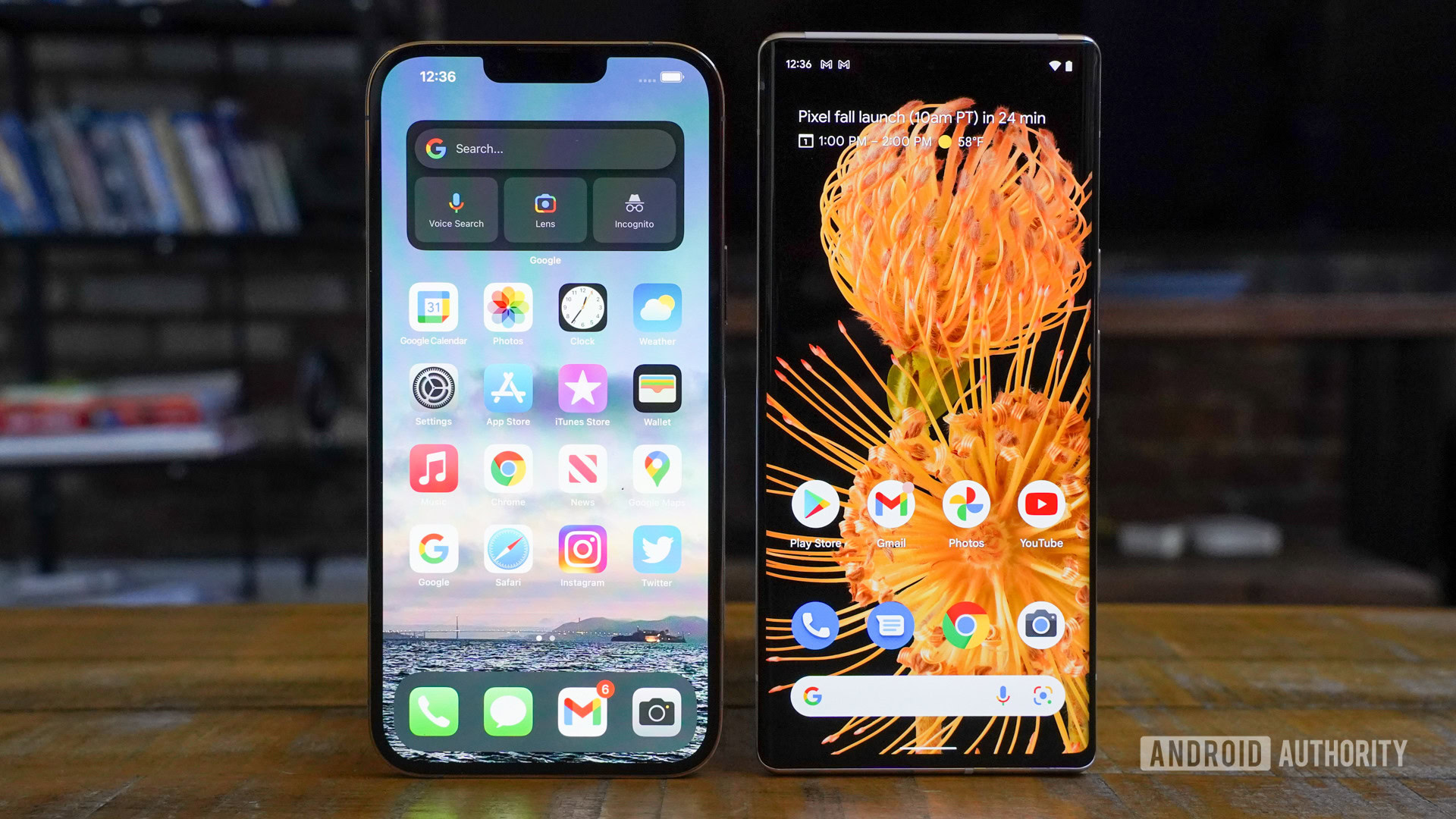
Before we can talk about the merits of LTPO, we must first understand how traditional display panels work. Luckily, there’s not much to it. OLED displays — or as Samsung calls them, AMOLED — are made up of three layers: an organic emissive layer, a protective glass surface, and a backplane that controls how each individual pixel behaves. The latter is where LTPO technology comes into play.
OLED backplanes are made up of thin-film transistors, or TFTs. Transistors are essentially miniaturized electronic components that provide logic to a circuit. Modern processors like the ones used in your smartphone and laptop pack billions of these transistors. Coming back to OLED displays, these transistors are responsible for two functions: switching individual pixels on or off and maintaining a set brightness level.
The display industry has gone through multiple TFT backplane implementations over the past decade, namely amorphous silicon (a-Si), low-temperature polycrystalline silicon (LTPS), and indium gallium zinc oxide (IGZO). Each of these technologies has its own strengths and weaknesses.
Until recently, most smartphone displays used LTPS or IGZO thin-film transistor technologies for their backplanes.
IGZO TFTs, in particular, offer high energy efficiency at the cost of display density due to their larger size. Furthermore, they are somewhat expensive compared to the LTPS TFTs that display manufacturers have used for the past half a decade or so. The power savings, however, are worth a second look. IGZO TFTs are capable of driving OLED panels at extremely low refresh rates, think one update per second or lower. Needless to say, this is an extremely useful property for devices that rely on a finite power source, like a smartphone battery.
While you could make displays with an IGZO backplane, many in the industry have opted for a hybrid implementation called low-temperature polycrystalline oxide (LTPO) instead. In simple terms, LTPO is a combination of two existing display technologies: LTPS and IGZO.
The result is a display that can refresh at a wide range of refresh rates — from 1Hz to 120Hz and beyond, thus achieving true variable refresh rate (VRR). LTPO can also achieve the high pixel densities that we’ve come to expect from LTPS-based displays commonly found in today’s smartphones.
Display specs explained: What is variable refresh rate (VRR)?
It’s worth noting that Apple holds several patents related to LTPO displays. However, manufacturers have already worked around this by developing slightly different implementations to achieve the same end result. Samsung, for instance, says its flagship smartphones use HOP displays — short for hybrid-oxide and polycrystalline silicon. It still offers similar functionality and efficiency gains to LTPO, though, which we’ll discuss in the following section.
What are the real-world benefits of LTPO displays?
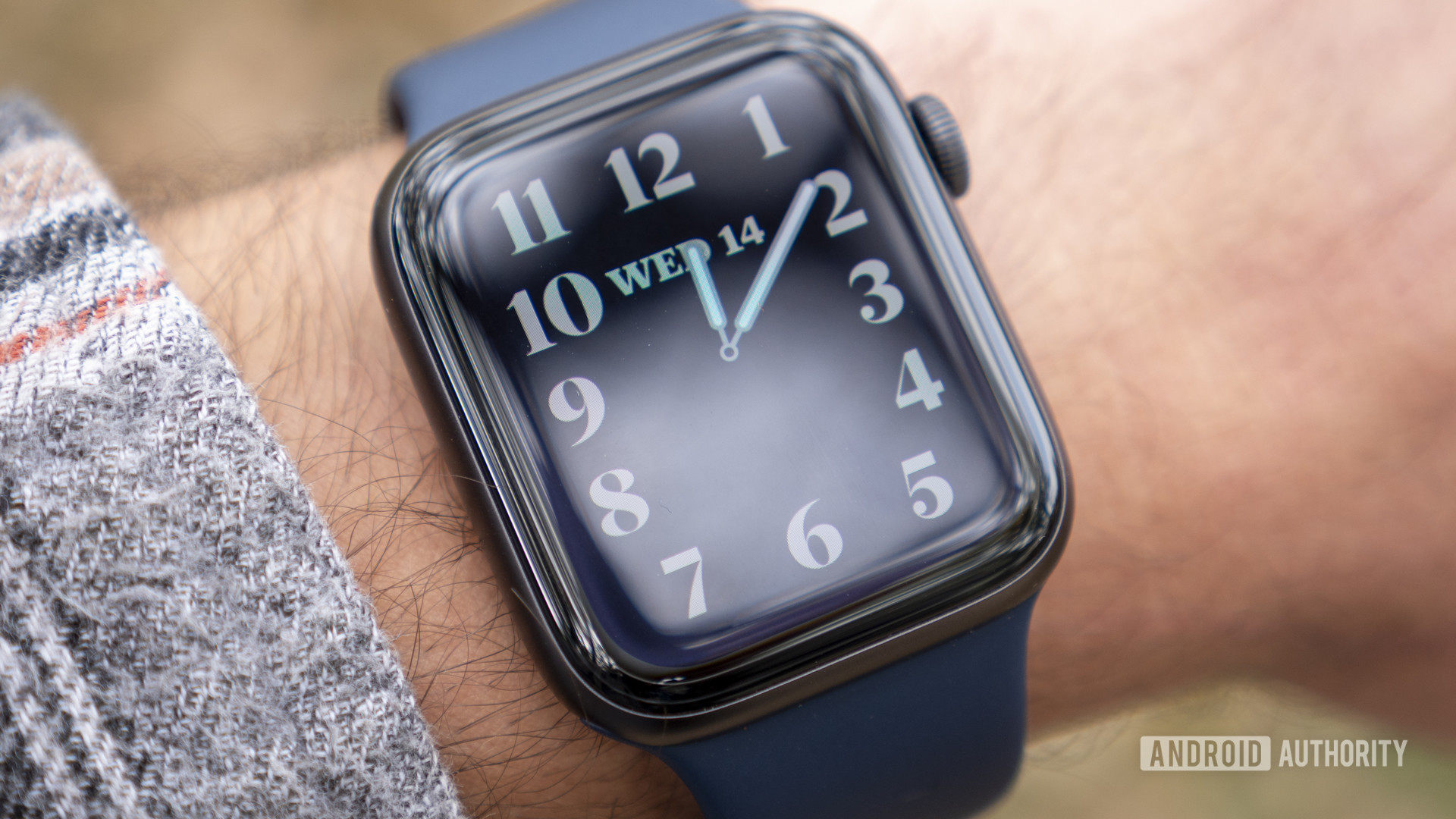
Besides power efficiency, does having a variable refresh rate offer other benefits too? After all, many smartphones already allow you to change the refresh rate manually. The answer’s pretty simple — a true variable refresh rate implementation offers much more granular control than two or three preset options.
While many devices do have software features like adaptive refresh rates that switch between 60Hz and 120Hz, they are limited to these fixed levels. In many conditions, however, you might want your display to lock onto a different refresh rate than either of those two options.
Take the always-on display feature on your smartphone, for example, which displays static content for long periods of time by design. It doesn’t need to refresh 120 or even 60 times each second. With variable refresh rate on an LTPO display, however, the software can decide to bring the refresh rate down to 10Hz or even 1Hz, as required.
See also: The Android smartphones with the best battery life
Another popular use case where LTPO can excel is content consumption. The vast majority of movies are produced at 24fps, and playing them back on a 60Hz display may induce judder or other motion-related artifacts. While software can compensate for this, it’s also not very energy-efficient to run at a higher refresh rate than required.
LTPO can ramp down the refresh rate for static content, saving you power while using features like always-on display.
A lower refresh rate also means that the device’s SoC doesn’t have to work as hard. In other words, the GPU will not consume excess power and draw 60 or 120 new frames per second all the time. With an LTPO display, the device can aggressively ramp down the refresh and frame rates when you’re not touching the screen or playing back media. Most adaptive refresh rate implementations will only drop you from 120Hz to 60Hz, because of the display’s inherent inability to go any lower.
All in all, LTPO displays shine in use-cases where you need a specific refresh rate, either for the application itself or to conserve energy. Exact figures aren’t well-publicized but if estimates are to be believed, these displays are anywhere between 10 and 20% more efficient.
Which devices have LTPO displays today?
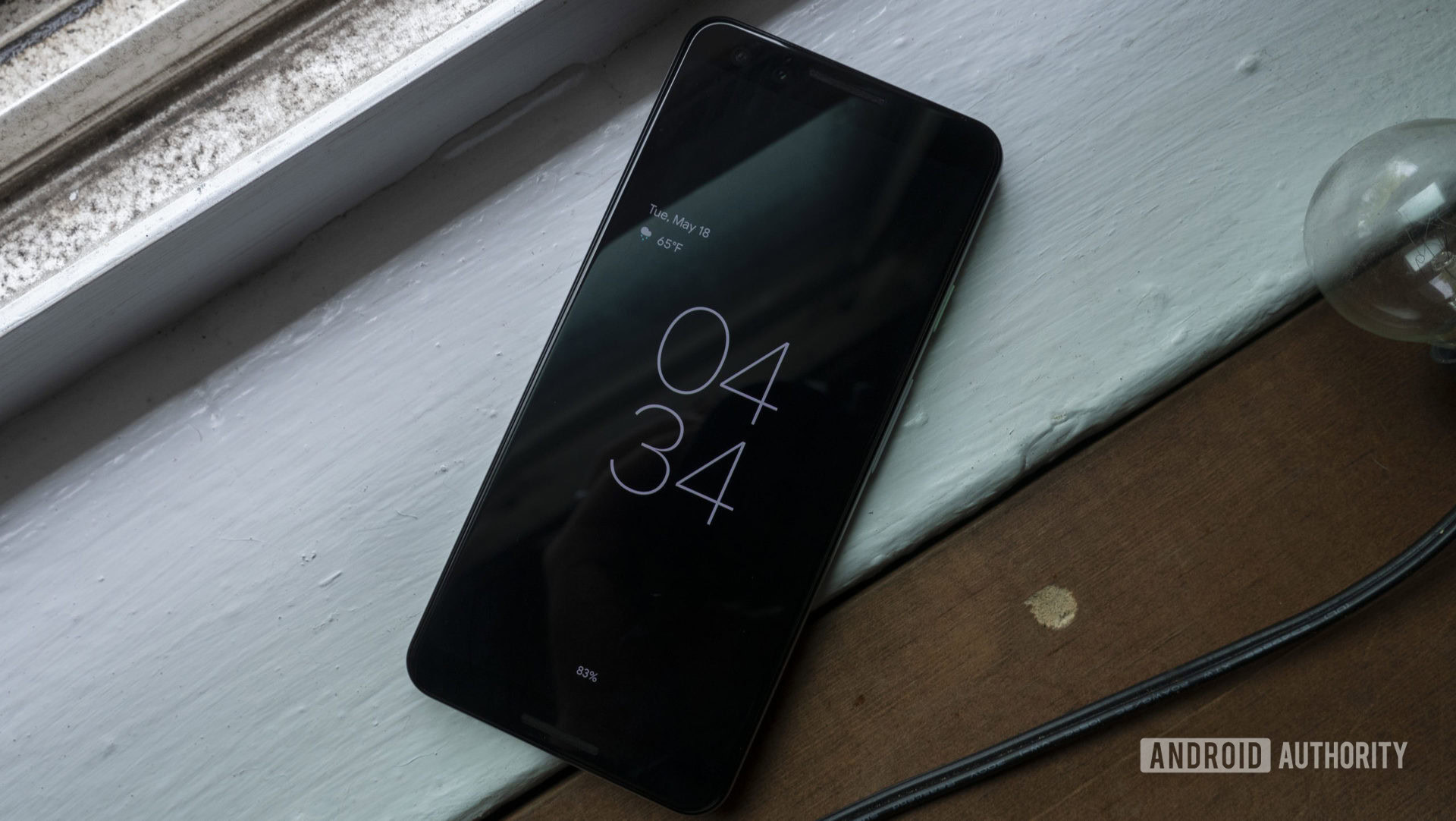
The Apple Watch Series 4 was one of the first consumer devices to include an LTPO display back in 2018. The power savings from adopting this technology allowed Apple to simultaneously increase the display’s size and shrink the battery capacity from the previous year’s model. While this move may seem counterintuitive on the surface, the display’s increased efficiency meant that users didn’t notice any real-world change in battery life.
LTPO displays are becoming common across the smartphone and smartwatch landscape.
Since then, LTPO displays have been featured in numerous other devices, including Apple’s own iPad Pro and iPhone 13. On the Android side, we’ve seen such displays in the Samsung Galaxy S21 Ultra, OPPO Find X3 Pro, Google Pixel 6 Pro, and the OnePlus 9 Pro.
Another point worth mentioning is that LTPO TFT technology can also be used in LCD displays. Both versions of the Razer Phone, for instance, included an IGZO-based LCD that could reach 120Hz. However, all VRR-sporting flagship smartphones released since have stuck to OLED panels with LTPO instead. Presumably, this is because most smartphone displays are manufactured by Samsung, while the only company experimenting with IGZO-based LCDs is Sharp.
Should your next smartphone have an LTPO display?
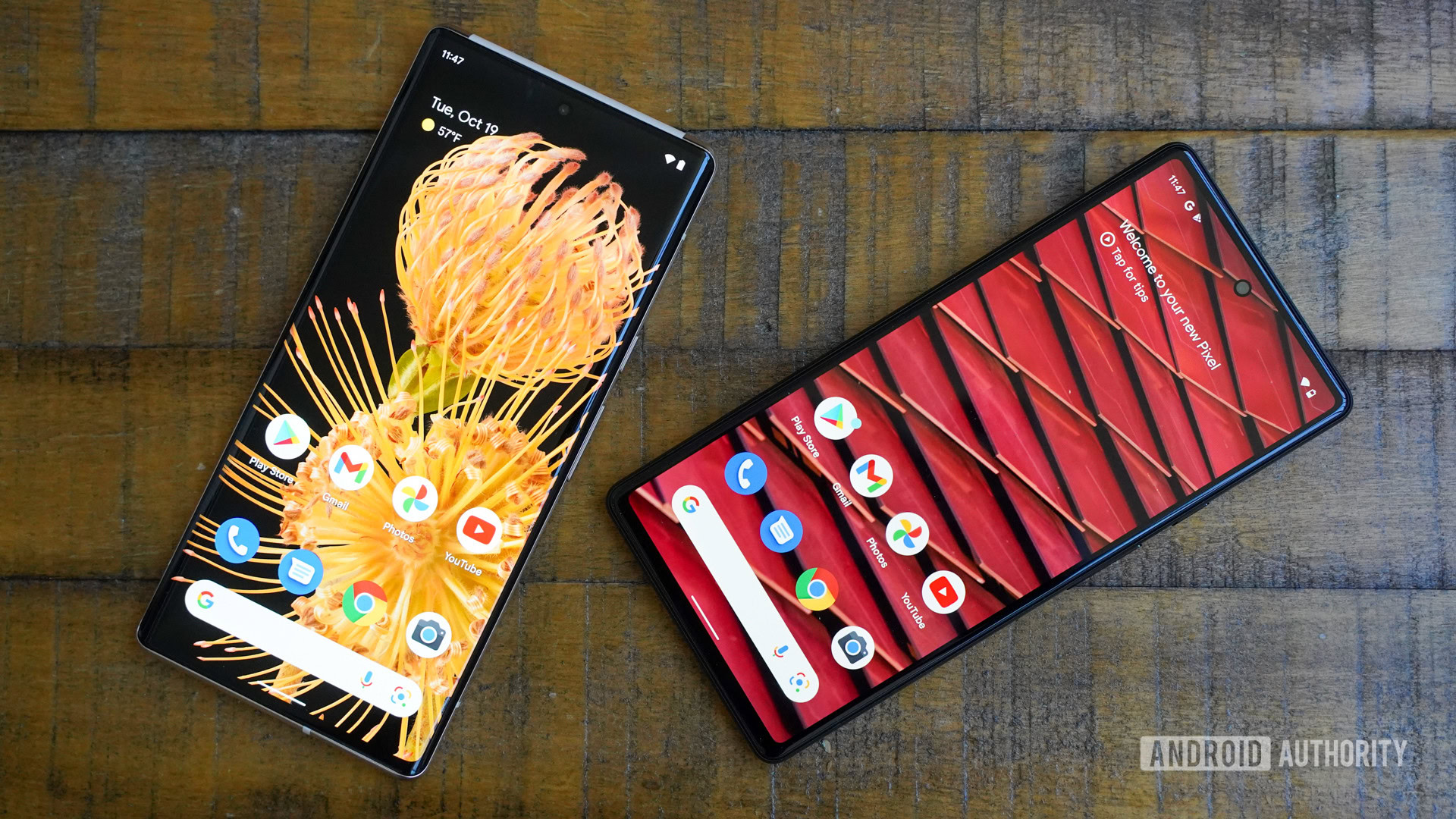
LTPO displays, especially when coupled with larger battery capacities, have allowed manufacturers to utilize smartphone power budgets for other purposes. This often results in devices being able to pack in more power-hungry 5G modems and processing chips. So while you might not notice a real-world increase in battery life over previous generations, you do get a more capable smartphone overall.
The efficiency gained from LTPO displays allows manufacturers to pack in more capable and power-hungry hardware.
As we alluded to previously, it’s likely that LTPO displays will trickle down into mid-range smartphones once the technology matures. We’ve seen this happen in the past when a-Si TFT-based displays gave way to newer technologies like LTPS and IGZO.
Read more: AMOLED vs LCD: Everything you need to know
Until then, you can continue to rely on the adaptive refresh rate feature included in most smartphones today. That said, LTPO is definitely a feature worth considering the next time you’re in the market for a new smartphone.
